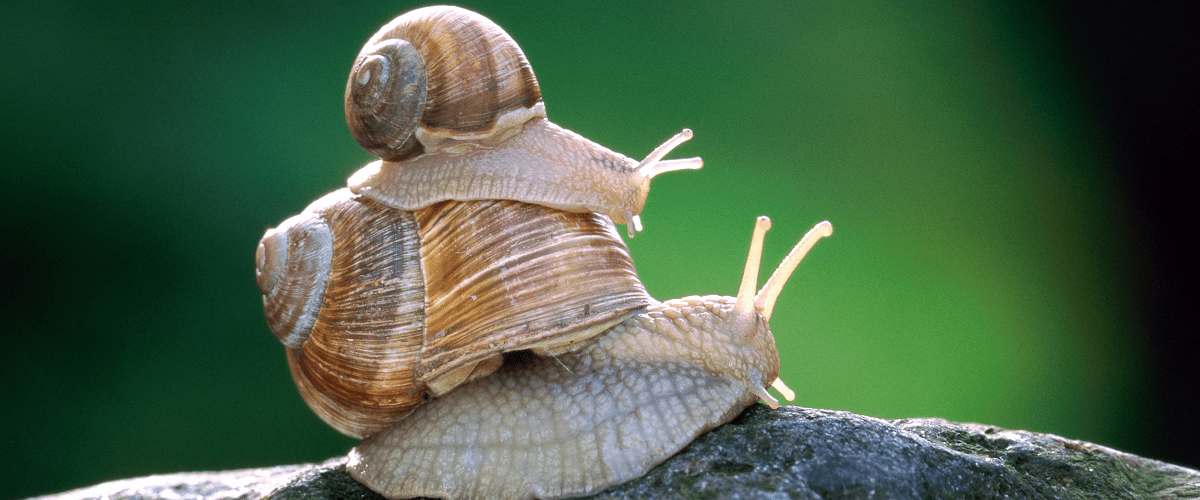Eating bugs sounds gross. But in many parts of the world, it’s a popular source of protein. Should you find yourself in the wild without food, it may be an important nutritional option. But not all bugs are good for you. So before you go all Hakuna Matata on the local grubbery, give this a read.
Some insects are good options to eat. They’re safe, plentiful, and easy to find. In this article, we’re going to expand on two very common ones, grasshoppers and earthworms. Inversely, we’ll also talk about two bugs you should NOT eat: snails and caterpillars.
It’s important to note that regardless of what you eat, they should be cleaned and cooked. This not only adds flavor but also helps get rid of any problematic germs.
Bugs Safe to Eat
Grasshoppers and crickets are a popular food choice in the insect realm. They have a ton of protein in them and can be found almost anywhere. Hunting them down is assisted by their desire to chip quite loudly, though their jumping nature makes them a bit of a tough one to catch by hand. If you have a bug net, use it. These bugs are so common that you can often find cooked and dehydrated crickets in science museums and gimmicky gift shops.
The other common bug is the earthworm. Those wiggly little noodles aren’t technically a bug, but they’re still edible. Looking out at a sidewalk after it rains is a great way to see just how populated they are. While easy to dig up, those with weaker constitutions may have a hard time with the texture. Just make sure you squeeze the dirt/poop out of them before eating.
Not So Safe Bugs
The French may love it, but wild snails and slugs are generally a bad lunch idea. The snail itself is fine, but they also have a far more toxic diet than other creatures. There’s a fair chance a snail has eaten a poisonous plant or mushroom. It doesn’t take a super computer to parse why it might then be bad to eat them, even if you cook them. The escargot you see in restaurants have been specially fed a safe diet prior to serving, so they’re fine. The wrong snail can lead to eosinophilic meningitis. It’s better to just avoid these squishy blobs.
Then there are caterpillars. These should be avoided, purely because some of them are poisonous and some aren’t. A common rule is that the brightly colored or hairy caterpillars are the poisonous ones, but this isn’t a catch-all ruling. If you’re not absolutely confident on the little larvae and it’s danger, better not eat them.
It’s good to know there’s options out there. I think I’ll stick to trapping and fishing, however. If that’s fine with you.

